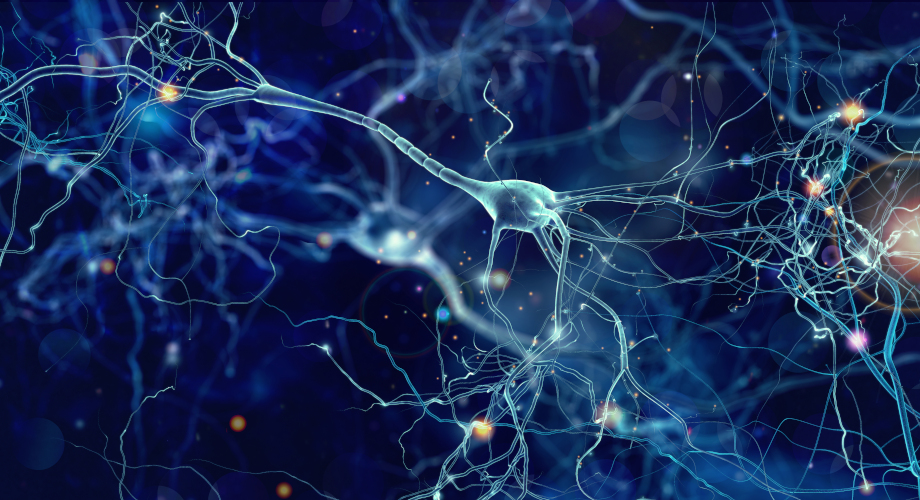A decade of aphantasia research: what we’ve learned about people who can’t visualise

People who can’t visualise an image in their mind’s eye are less likely to remember the details of important past personal events or to recognise faces, according to a review of nearly ten years of research.
People who cannot bring to mind visual imagery are also less likely to experience imagery of other kinds, like imagining music, according to new research by the academic who first discovered the phenomenon.
Professor Adam Zeman, of the University of Exeter, first coined the term aphantasia in 2015, to describe those who can’t visualise. Since then, tens of thousands of people worldwide have identified with the description. Many say they knew they processed information differently to others, but were unable to describe how. Some of them expressed shock on discovering that other people can conjure up an image in their mind’s eye.
Now, Professor Zeman has conducted a review of around 50 recent studies, published in Trends in Cognitive Sciences, to summarise findings in a field that has emerged since his first publication. Research indicates that aphantasia is not a single entity, but has subtypes. For example, not everyone with aphantasia has a poor autobiographical memory or difficulty in recognising faces, and in a minority of people, aphantasia appeared to be linked to autism. People who cannot visualise are more likely to have scientific occupations. Unexpectedly, although people with aphantasia can’t visualise at will, they often dream visually.
Professor Zeman’s review provides evidence that whether people have aphantasia or hyperphantasia – a particularly vivid visual imagination – is linked to variations in their physiology and neural connectivity in the brain, as well as in behaviour.
Aphantasia is thought to affect around one per cent of the population, while three per cent are hyperphantasic. These figures rise to around five and 10 per cent with more generous criteria for inclusion. Both aphantasia and hyperphantasia often run in families, hinting at the possibility of a genetic basis.
Professor Zeman, who now holds honorary contracts at the universities of Exeter and Edinburgh, said: “Coining the term ‘aphantasia’ has unexpectedly opened a window on a neglected aspect of human experience. It is very gratifying that people who lack imagery have found the term helpful, while a substantial surge of research is shedding light on the implications of aphantasia.
“Despite the profound contrast in subjective experience between aphantasia and hyperphantasia, effects on everyday functioning are subtle – lack of imagery does not imply lack of imagination. Indeed, the consensus among researchers is that neither aphantasia nor hyperphantasia is a disorder. These are variations in human experience with roughly balanced advantages and disadvantages. Further work should help to spell these out in greater detail.“
The paper is entitled ‘Aphantasia and hyperphantasia – exploring imagery vividness extremes’, and is published in Trends in Cognitive Sciences.
“I struggle to fully immerse myself in role-play with my children”
Solicitor Mary Wathen’s frustration that she struggled to engage in role playing games with her two young children, when she found all other engagement with her children so fulfilling, was her sign that she had aphantasia, meaning she cannot visualise imagery.
The 43-year-old, from Newent near Cheltenham, said: “One of my friends said that he uses the images in his head to enhance role play. When I asked him to explain this in more detail it became clear that he – and everyone else in the room – could easily create an image in their head and use that as the backdrop for the role play. This was totally mind-blowing to me. I just cannot understand what they really mean – where is this image and what does it look like? To me, unless you can see something with your eyes, it’s not there.”
Mary’s shock intensified when she realised her husband, has such vivid visual imagery that he is probably hyperphantasic. “He thinks in moving pictures, like movies – sometimes to the point that he can mistake those thoughts for memories. To me, that’s unfathomable.”
Mary has come to realise that her lack of visual imagery may well account for her difficulties with memory. She said: “I can comprehend and retain concepts and principles really well but I’m unable to recall facts and figures. I can’t recreate something in my head or ‘re see’ something that is not actually there in that moment.
“I’ve found it quite saddening to learn that other people can call to mind an image of their children when they’re not there. I’d love to be able to do that but I just can’t – but I’ve learned to compensate by taking plenty of photos, so that I can relive those memories through those images.
“Whilst I’m sure there are wonderful advantages to being able to think in pictures, I think it’s important to remind myself that there are advantages to having aphantasia too. I’m a really good written and verbal communicator – I think that’s because I’m not caught up with any pictures, so I just focus on the power of the word. I’m also a deeply emotional person and perhaps that’s my brain’s way of over compensating; I feel things as a way of experiencing them, rather than seeing them.
“I think it’s really important to raise awareness that some people just don’t have this ability – particularly as using visual imagination is a key way that young children are taught to learn and engage. Primary teachers need to know that some children just won’t be able to visualise and that could be why they’re not engaging in those kinds of activities. We need to ensure we cater for everyone and encourage other ways of learning and engaging.”



